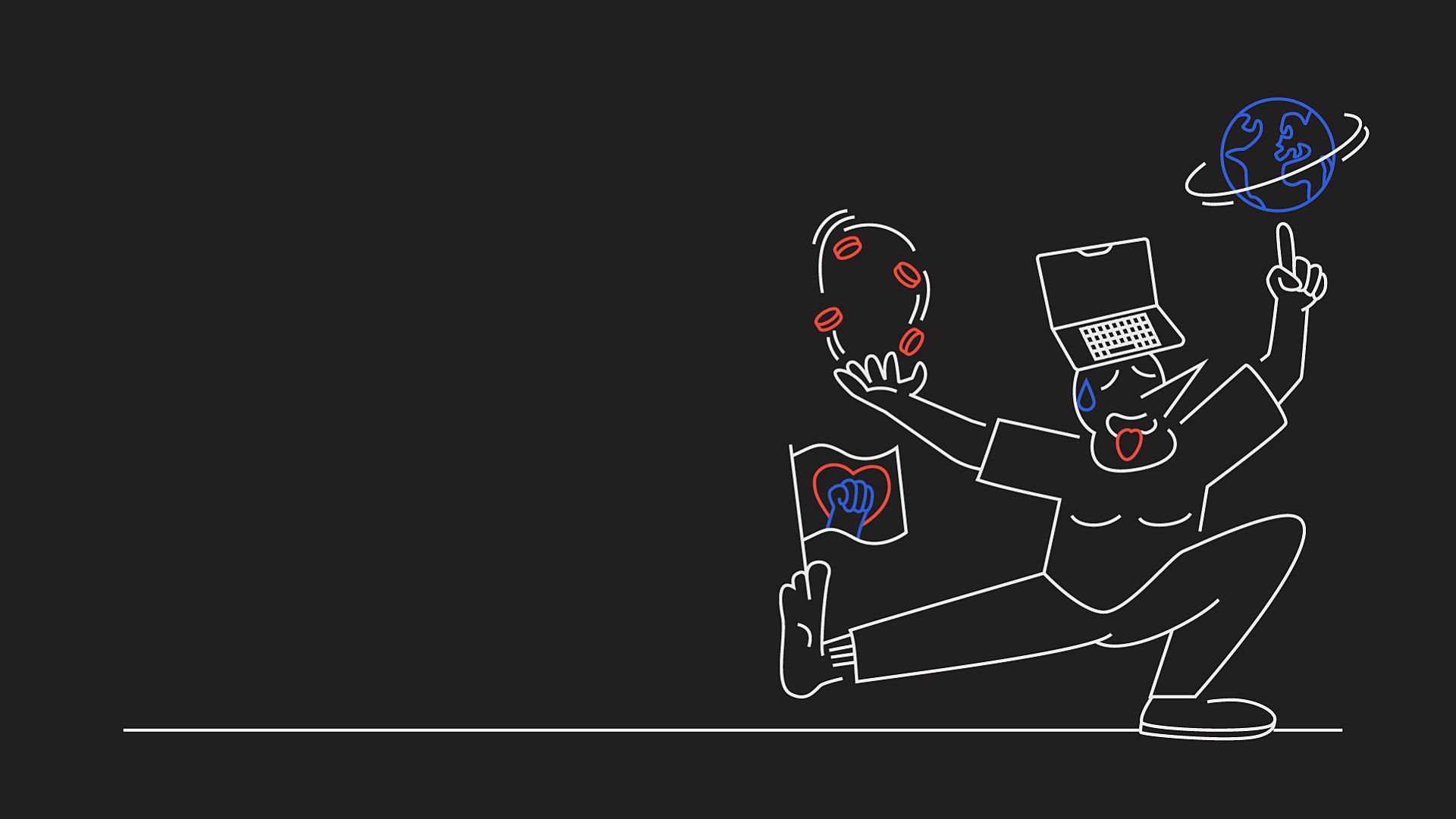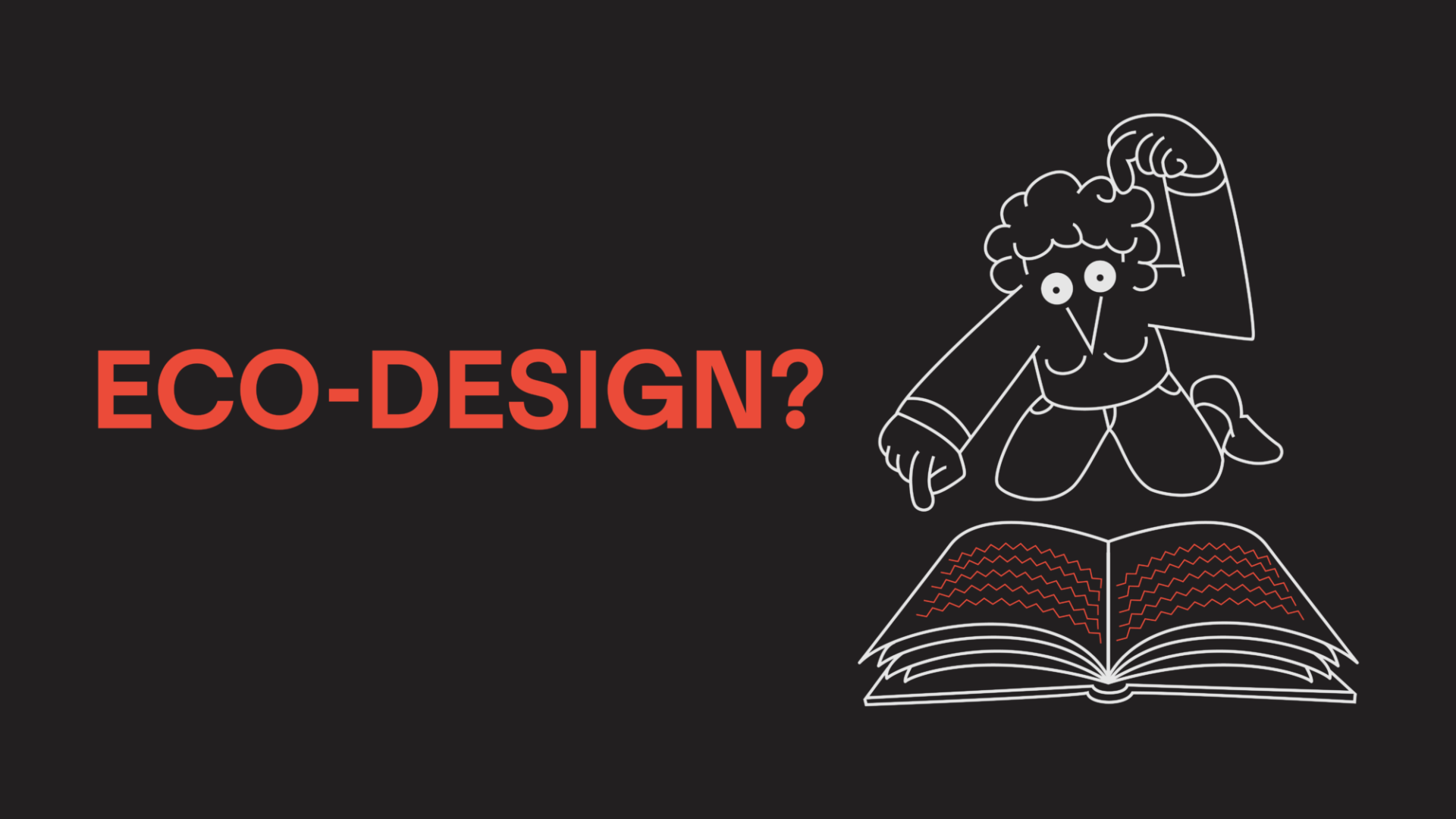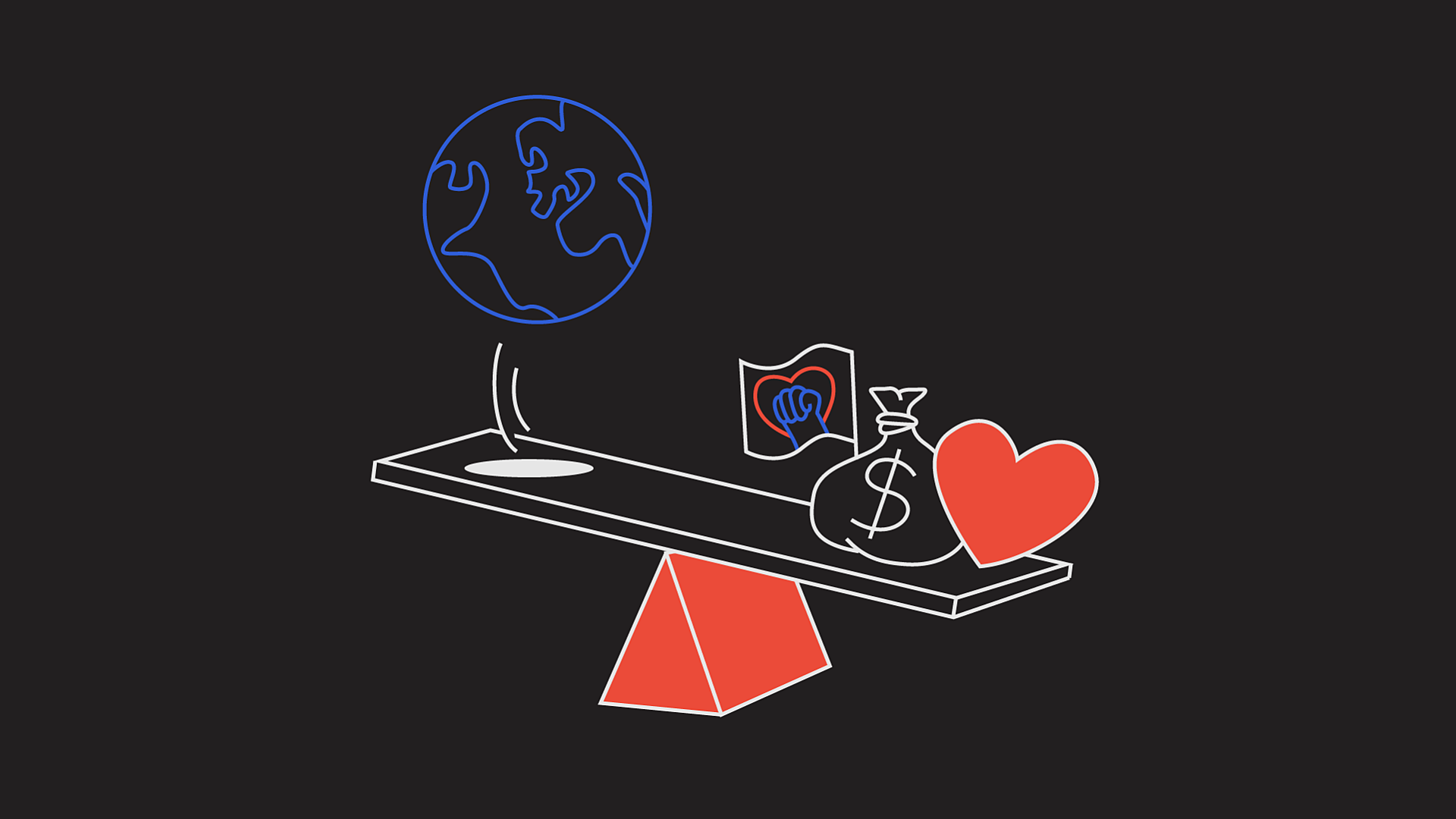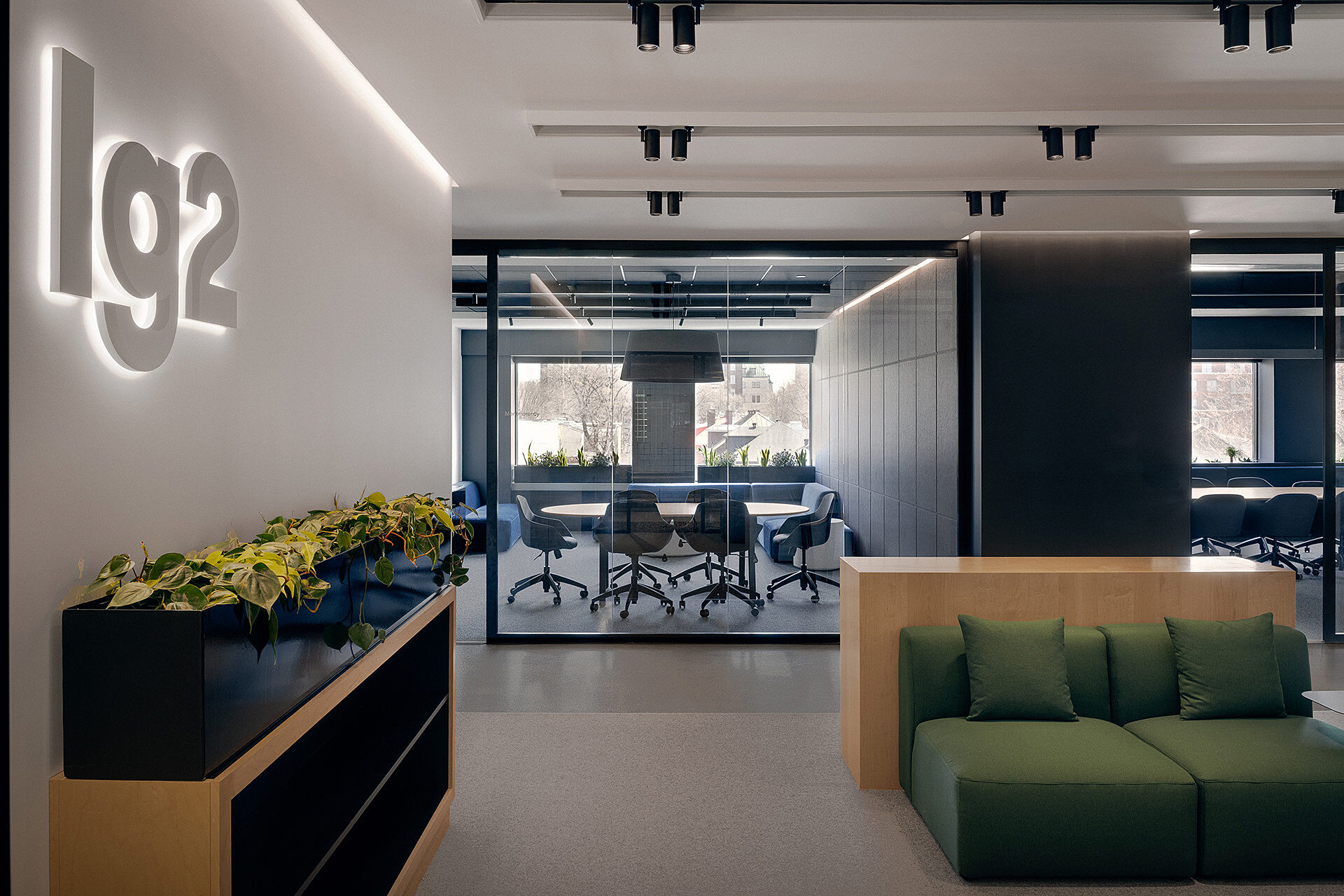
Sustainable web design is good – but responsible design is better.
By Catherine Dorion, Content Creative Director, Digital Experience
The web is a huge source of pollution: if the internet were a country, it would be the fourth most polluting country in the world.
Consequently, more and more businesses are taking an interest in initiatives to make the web greener. This includes sustainable web design, which aims to produce sites with a low carbon footprint. Unfortunately, this methodology rarely survives an initial analysis: full compliance isn’t always efficient or realistic, which inevitably slows down its adoption.
To accelerate some much-needed change, another philosophy is showing promise: responsible web design. Inspired by sustainable development, this approach is easier to implement in a variety of organizations because it’s more comprehensive, yet remains flexible and adaptable to different needs and available resources.
Rather than aiming for perfection, responsible design focuses on making a broader impact, assessing the effects of a digital property on not just one but three components:
— Environmental
— Social
— Economic
An overview:

Yes, the digital world has a physical impact
Not convinced? Several tools exist to estimate a site’s carbon footprint. And while the results may at first be interesting, they quickly become concerning – it’s hard to imagine something as intangible as a website being so environmentally damaging.
The internet is the biggest consumer of coal in the world. In particular, data centres and servers consume an enormous amount of water and energy, most of which comes from fossil fuels.
Paradoxically, new technologies tend to consume more energy, not less. The faster data is processed and the more tools for creating high-quality content become accessible, the heavier web pages become. Between 2013 and 2023, for example, the average size of web pages more than doubled.
Artificial intelligence such as ChatGPT-3 is particularly resource-hungry: the CO2 emitted in a single training session is the equivalent of driving 700,000 km.
These developments are also leading to the rapid obsolescence of electronic devices, creating a growing problem of digital waste. All this has led to the emergence of techniques for greening the web, which is where sustainable web design comes into play.
Sustainable design is only part of the equation
Sustainable web design, an undeniably commendable practice, aims to create lightweight sites that come as close as possible to an A or A+ energy rating.
Broadly speaking, this means:
A site that requires minimal energy to transmit its data to users.
A hosting service that uses clean energy.

A site that requires minimal energy
For this to be possible, a site must require a low level of data transfer. This means bringing together a number of factors and prioritizing this objective at every stage of the design process.
Lighter graphics: Visual content consumes a lot of energy. Any integration of photos should therefore be subject to a strict relevance assessment and additional compression methods should be used. You could also opt for illustrations and vector files, which are much lighter than image files. Any integration of RSS feeds or video and audio files should be avoided, given their very high energy consumption (though vector animations are acceptable). Even the choice of colours has an impact: according to a Google study, using dark mode consumes between 30% and 65% less energy than light mode, and blue consumes 25% more energy than green or red.
Lighter code: Lighter code, without duplications, unnecessary lines and scripts, reduces the server time needed to download the site and therefore produces less CO2. In addition to code minimization techniques, we should also focus on limiting the use of third-party scripts (duplicated but not optimized) and tracking scripts. These have become popular since access to third-party cookies was restricted, and they’re very heavy.
We can also aim to avoid unnecessary energy consumption, for example, by means of static pre-generation, which only sends a request to servers when the site is modified, rather than each time a user visits it. Another technique is lazy loading, where an element (e.g., an animation) isn’t downloaded by default, but only after the page has been scrolled through for a certain length of time.
A hosting service that uses clean energy.
For a site to have a low carbon footprint, the energy used by its host must come from renewable sources. However, the market for this type of service is only beginning to develop. There are still very few “green” hosting providers, and their functionality, performance and security guarantees are limited. What’s more, their access to renewable energy is inconsistent. This means some have to resort to energy mixes (often undisclosed) or offsetting techniques such as the purchase of carbon credits – a method that’s certainly better than nothing but which should be seen as a last resort. Their prices can also be out of reach for small businesses with tight budgets. Given this landscape, many organizations interested in making a change become discouraged: the challenges are considerable so striving for a low-carbon site is simply unattainable for many of them.
Rather than ending all efforts, we can engage in more productive discussions and give project managers the tools they need to deliver transformation that reflects a business’s capabilities. It’s clear that if the digital industry wants to effect vigorous change, a more strategic approach is needed.
Responsible web design: a more comprehensive and accessible approach
More comprehensive
Digital products have an impact on more than just the environment. Whether positive or negative, their effects are also felt in human and economic terms. Responsible web design asks us to consider the three-pronged impact of a digital ecosystem and strives to make a net positive impact – or at least an improvement – on each of these factors. This widens a digital product’s influence on our societies. It should also be noted that responsible web design doesn’t only consider the sites designed by an organization but can also encompass the rest of its ecosystem, for example, its social media posts, emails or sustainable development initiatives.
More accessible
In addition to encompassing a broader range of issues, responsible web design is, by definition, more accessible to a variety of organizations. Its primary aim is improvement, not perfection. While sustainable design is sometimes considered too restrictive, responsible design’s flexibility can be a better driver of change and help to accelerate the adoption of responsible practices by more people.
This approach involves considering the environmental, social and economic impact of a digital ecosystem as an inseparable whole and ensuring a net positive impact – or at least an improvement on these three components – without the “all or nothing” mentality.

To find the answers, we need to first ask ourselves some questions
Another advantage: responsible design can be applied at several points in the life cycle of a digital product (not just at the very beginning) and can form part of a long-term strategy. Its three components can guide your digital creative teams and help them explore a number of key issues and possible solutions, resulting in the design of more responsible experiences. Here’s an overview of the kind of discussions we might have as part of a responsible design process.
Environmental responsibility
While the data transfer and hosting issues mentioned above come into play here, they’re more balanced and include a cost-benefit filter based on the other components. We need to ask ourselves what environmental rating we can realistically achieve and explore mitigation tactics to achieve a platform with a lower environmental impact.
- Would it be more realistic in the short term to improve the current ecosystem and make it less heavy (reuse, recycle, optimize)? Could we make a smooth transition to a lighter site using a headless architecture and modular design, for example?
- Could the company take steps to counteract or reduce the impact of its entire digital ecosystem, such as rethinking its use of social networks (extremely energy-intensive platforms) or its approach to archiving?
- Could certain sustainable design techniques be used to improve other components? For example, opting for a darker design offers a calmer reading experience for the eye, so it’s also beneficial on a human level.
- In addition to UI design, can UX design be used to offer functionalities that avoid the need for clicking? For example, generating a quick preview of a product page and an add-to-basket button on mouseover, before clicking.
Social responsibility
This dimension examines the impact of a digital ecosystem on the people who use it. The central question is: does the digital product benefit several types of users, including those who’ll be maintaining it?
For example, is the digital product inclusive? Is there representation in the words and images used and are they free of bias?
Does it meet high accessibility standards? Does its design facilitate universal use, even in the case of visual or neurological impairments or technological limitations?
Is it simple? Does it reduce user stress and frustration?
Does it lighten the mental load of those responsible for maintaining the site, for example, through ease of maintenance? Does it make it possible to consider a partnership with external suppliers who can take charge of certain updates, or a smoother transition to green ownership?
Economic responsibility
This component measures both the economic benefits for the company itself as well as its partners and the society in which it operates. It should be noted that the economic responsibility of a digital product includes not only the immediate impact, but also the long-term impact of the choices made.
Can the choices made regarding environmental and social components also act as economic levers? For example, with a modular and reusable design that’s easier to maintain and optimize or a more accessible design that improves performance?
Do the digital choices have a positive economic impact on the company and its direct and indirect partners – by promoting the local economy, for example?
Does the design have a strong cost-benefit correlation, taking needs and available resources into account?
Will the final digital product stand the test of time? For example, through its security or the flexibility and modularity of its technological choices? Can maintenance operations (and therefore the associated costs) be reduced?
This is obviously only an overview: responsible web design is vast and rapidly evolving. But asking the right questions is definitely a big step in the right direction.
Our approach in a nutshell
For seven years, LG2’s Digital Experience team has been developing robust, captivating digital solutions for a wide range of clients. Ensuring sustainable solutions has been a recurring common objective in much of their work. However, this sustainability is now compromised by the growing environmental impact of digital technology.
Businesses that want to achieve genuine change need to think about responsible web design rather than just sustainable web design. The first approach, which is more flexible and comprehensive, aims to improve three socio-economic components while considering organizational differences in resources and capabilities. It offers avenues for improvement in the short and medium term, increasing the potential for widespread adoption and making a positive impact in the industry.
Want to know more? Contact us.


